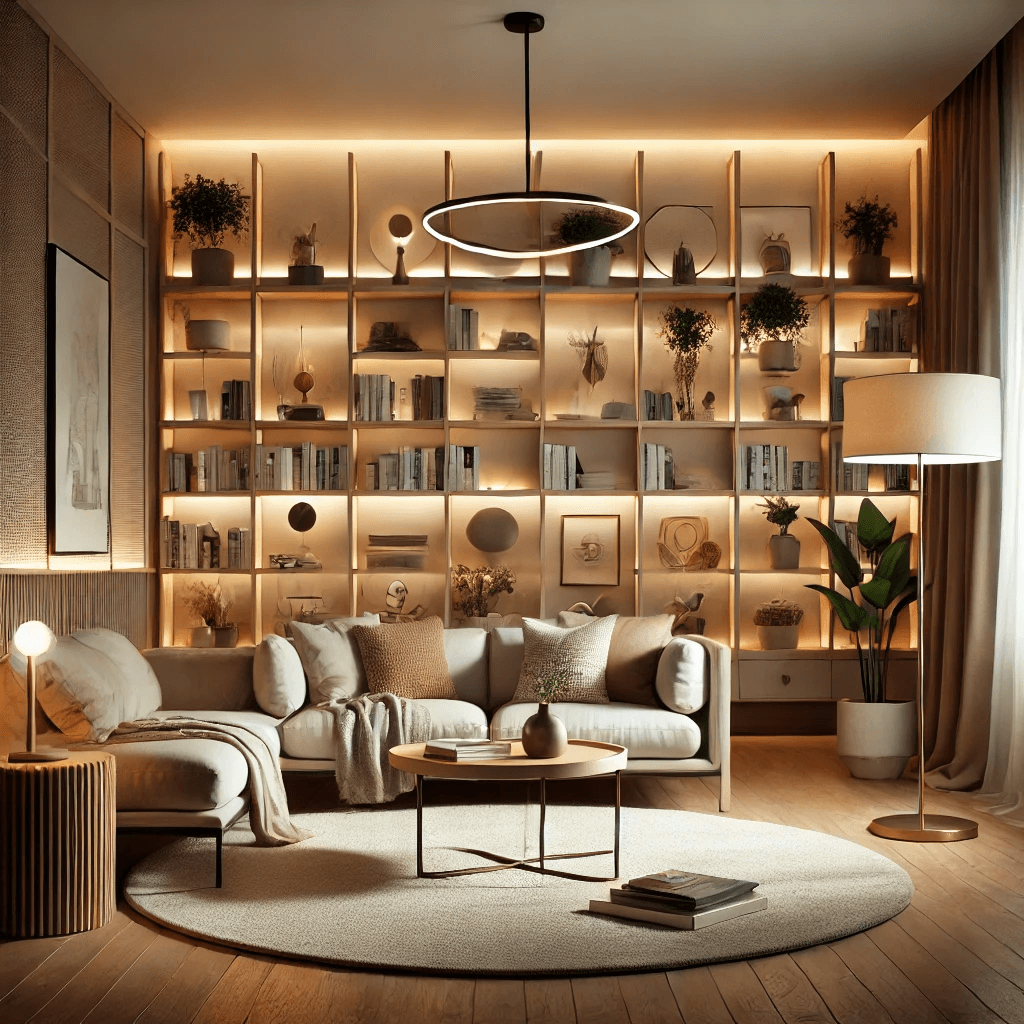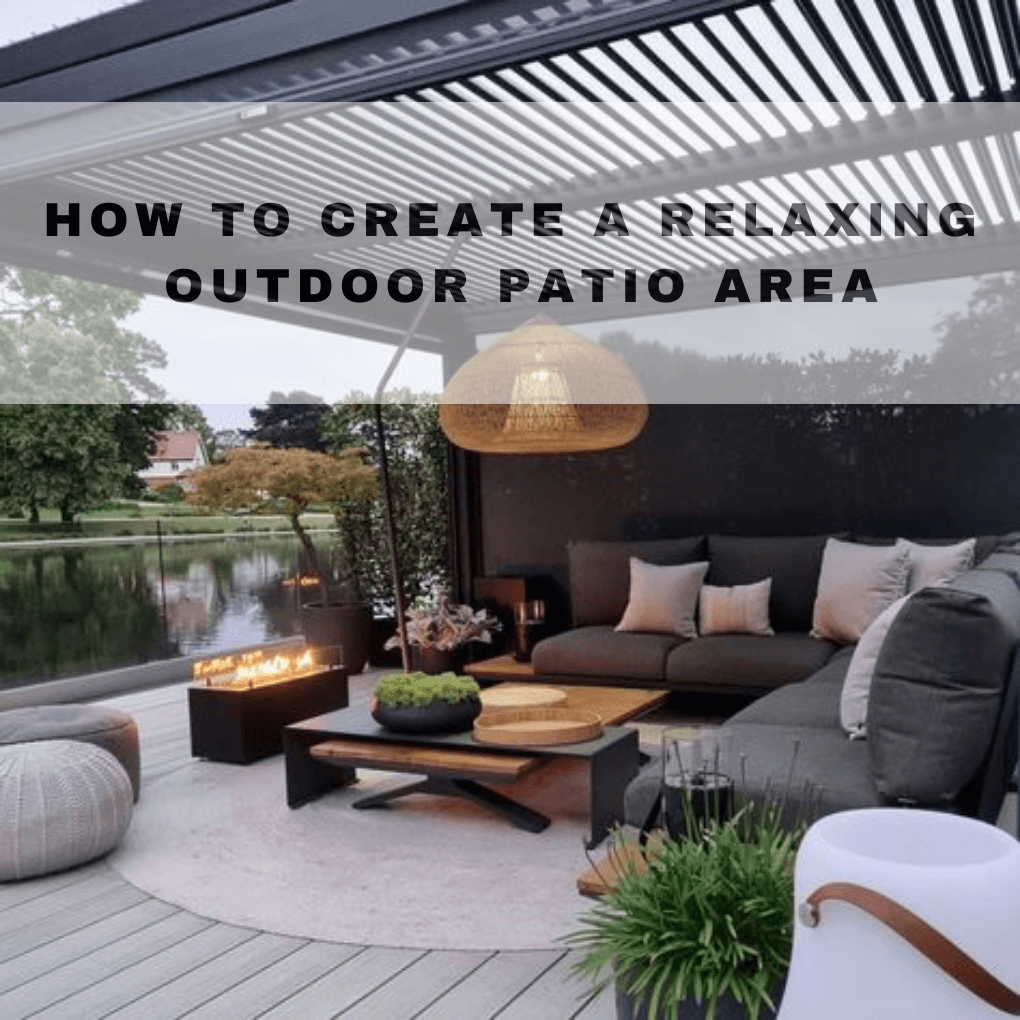Lighting plays a vital role in how your home feels and functions. It can create a cozy atmosphere, enhance productivity, and even transform the look of a room. Choosing the right lighting can be overwhelming, but with the right tips, you can make confident decisions for every space in your home. Whether you are remodeling your home or just upgrading a few fixtures, understanding the fundamentals of lighting can go a long way in making the best choices.
Understand the Basics of Home Lighting
Good lighting begins with understanding the three primary types and knowing how to combine them effectively. A well-lit home strikes a balance between these layers to ensure functionality and comfort. Without this foundation, achieving a cohesive and effective lighting plan can be a challenge.
The Three Types of Lighting
Every room benefits from a mix of these three types of lighting:
- Ambient lighting: Provides overall illumination and is usually achieved through ceiling fixtures or recessed lights.
- Task lighting: Focuses light on specific areas for activities like reading, cooking, or working.
- Accent lighting: Highlights features such as artwork or architectural elements, adding depth and interest to a room.
Using these three layers creates a well-balanced and versatile lighting design that ensures your home is both practical and aesthetically pleasing.
Key Factors to Consider
When planning your home’s lighting, keep the following factors in mind:
- Room size and shape: Larger rooms may need multiple light sources, while smaller ones benefit from compact fixtures.
- Natural light availability: Take advantage of sunlight during the day and use artificial lighting to supplement it.
- Décor style: Choose lighting fixtures that complement the overall theme of your home, whether it’s modern, traditional, or rustic.
By considering these basics, you can create a foundation for effective lighting that balances functionality and style.
Choosing the Right Lighting for Each Room
Each room in your home serves a unique purpose, and its lighting should reflect that function and mood. In the living room, combine overhead lights, floor lamps, and wall sconces to create a balanced and versatile atmosphere. Installing dimmer switches allows you to adjust the brightness for different occasions. Accent lighting, such as table lamps or LED strips, can be added to highlight decorative elements like artwork or bookshelves.
Key considerations for room-specific lighting include:
- Living Room: Use layered lighting to ensure flexibility and ambiance.
- Kitchen: Focus on bright task lighting for functionality, especially in meal preparation areas.
- Bedroom: Choose warm-toned lights to create a calming and relaxing environment.
The kitchen, a highly functional space, requires bright and focused lighting for tasks like cooking and food preparation. Pendant lights work well over islands, serving as both functional and decorative elements. Under-cabinet lighting is another excellent choice, as it provides direct illumination for countertops, ensuring a well-lit workspace. Bright overhead lighting, such as recessed or track lights, is also essential to maintain overall visibility in the kitchen.
Bedrooms benefit from soft, warm lighting that promotes relaxation and comfort. Bedside lamps are perfect for nighttime reading, while dimmable ceiling fixtures allow you to control the ambiance according to your mood. Adding accent lighting, such as string lights or wall-mounted fixtures, can enhance the room’s cozy and inviting feel.
Bathrooms, on the other hand, need bright, even lighting for tasks like grooming and applying makeup. Wall sconces or vanity lights placed around mirrors are ideal for minimizing shadows and providing a clear view. Additionally, moisture-resistant fixtures are crucial to ensure safety in damp areas.
Outdoors, lighting serves both functional and decorative purposes. Motion-sensor lights are excellent for driveways and entrances, enhancing security by lighting up when someone approaches. To create a warm and welcoming ambiance, consider using string lights, lanterns, or pathway lights. Solar-powered lights are another great option, offering energy efficiency while illuminating your outdoor spaces beautifully.
Tips for Choosing Bulbs and Fixtures
Choosing the right bulbs and fixtures is key to achieving the desired look and functionality of your lighting. LED bulbs are a popular choice because they are energy-efficient and have an impressively long lifespan. CFL bulbs, while slightly less efficient than LEDs, still offer significant energy savings compared to traditional options. Incandescent bulbs, though known for their warm glow, have a shorter lifespan and consume more energy.
When selecting bulbs, consider the color temperature and lumens to ensure your lighting suits the space. Warm tones, typically around 2700–3000K, are perfect for cozy areas like living rooms and bedrooms, while cooler tones, around 4000–5000K, work well in workspaces such as kitchens or home offices. Lumens, which measure brightness, should match the room’s needs—higher lumens for task-oriented spaces and lower lumens for ambient or mood lighting.
Key considerations when choosing bulbs and fixtures:
- Energy Efficiency: Opt for LED bulbs to save energy and reduce electricity bills.
- Fixture Material: Choose materials that complement your home’s design and ensure durability.
- Brightness Levels: Match the lumens and bulb type to the room’s purpose and lighting needs.
Fixtures should also complement your home’s décor style. For modern spaces, sleek, metallic designs are a great choice, offering a minimalist feel. In traditional homes, chandeliers, ornate sconces, or vintage-style fixtures can enhance the classic aesthetic. Rustic interiors may benefit from fixtures made of natural materials like wood or metal.
Common Mistakes to Avoid When Choosing Lighting
Even with great planning, lighting mistakes can affect the overall appeal and practicality of your space.
Overlooking Functionality
Choosing lighting based solely on appearance can result in impractical spaces. Ensure every fixture serves a purpose, whether it’s for ambiance, tasks, or accents. Without functionality, even the most beautiful fixtures can feel out of place.
Choosing Fixtures That Are Too Big or Small
Proportion is key to achieving a balanced look. Oversized fixtures can overwhelm a room, while undersized ones may not provide sufficient light or presence. Measure your space and consider the scale of the room before selecting fixtures.
Ignoring Energy Efficiency
Energy-efficient lighting options like LEDs save money in the long run and reduce your carbon footprint. Ignoring these options can lead to higher energy bills and unnecessary waste. Look for Energy Star-rated bulbs and fixtures to make eco-friendly choices.
Conclusion
The right lighting can elevate your home’s functionality and style. By understanding the basics, tailoring lighting to each room, and choosing suitable bulbs and fixtures, you can create a well-lit, comfortable, and beautiful living space. Experiment with different lighting setups to find what works best for your unique needs, and don’t be afraid to refine your choices over time. Lighting is not only practical but also a creative tool that transforms your home into a warm and inviting haven.




